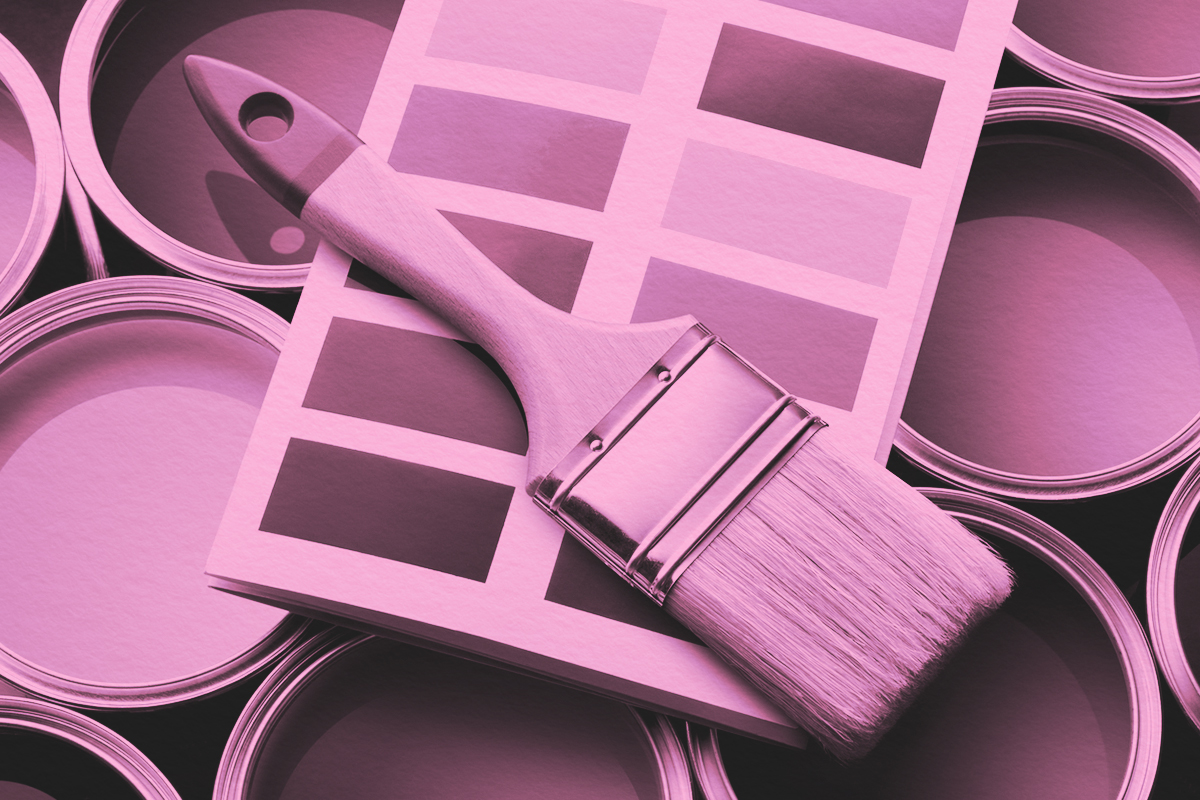Why people used to use X-rays to try on shoes
Sunday, January 5, 2025
There's a reason we typically receive X-rays only in a medical setting: Without the proper precautions, radiation is extremely dangerous. |
| |
| |
|
 |
|
| T here's a reason we typically receive X-rays only in a medical setting: Without the proper precautions, radiation is extremely dangerous. But for several decades following the discovery of X-rays in 1895, most people didn't think twice about sticking their feet inside unregulated X-ray machines at the shoe store. Shoe-fitting fluoroscopes, which show moving images in real time, were developed during World War I to examine injured soldiers' feet without removing their boots. After the war, they were adapted for commercial use to help fit people for shoes, and they became staples at shoe stores in many countries, including the United States. |
|
|
| The machines were tall wooden or metal cabinets with an X-ray tube encased in lead at the base, and an alcove for the customer's feet just above. When the fluoroscope was turned on, X-ray beams created an image on a fluorescent screen above the feet, which could be viewed through eyepieces on top of the cabinet. The devices were heavily marketed to mothers and children, and some machines had three eyepieces: one for the seller, one for the customer, and one for the parent. |
|
| While some experts raised alarms about the potential dangers of the machines in the 1920s and '30s, the public became more acutely aware of the effects of radiation after World War II. States started regulating and testing shoe-fitting fluoroscopes in the late 1940s. At least one shoe store employee suffered radiation burns on her foot from a leaky machine, and medical experts warned that radiation exposure could damage kids' growing bones. However, it's impossible to determine how many people were hurt, since radiation injuries come on slowly and nobody at the time was keeping track of who was using the machines or for how long. |
|
| In 1957, Pennsylvania became the first state to ban the shoe-fitting X-rays altogether, and most other states followed suit over the next few years, effectively wiping out their use in the United States. |
|
 |  |
|
|
 |
|
| |
|
| Percentage of shoe-fitting fluoroscopes in the U.S. with unsafe radiation levels in 1952 | | | 75% |
| | | Cost of the Atomic Energy Lab children's science kit in 1962 | | | $5.95 |
| | | Cost of the Atomic Energy Lab children's science kit in 1962 | | | $5.95 |
|
|
|
| Year the oldest American shoe store was founded | | | 1832 |
| | | Running time (in hours) of the 2023 film Oppenheimer | | | 3 |
| | | Running time (in hours) of the 2023 film Oppenheimer | | | 3 |
|
|
|
 |
|
 | | Did you know? |
|
|
Radium water was initially considered a cure-all. |
|
| Nobel Prize-winning scientists Marie Curie and Pierre Curie discovered radium in 1898, and it was immediately heralded as a miracle substance; people used it to make toys, makeup, toothpaste, and even condoms. Some doctors claimed that a little radium in the water could cure just about anything, from anemia to impotence to arthritis. Customers had a few options for getting radium (or radon) into their water: They could fill a radioactive jar or water crock, place a radioactive bar or stone into a nonradioactive water bottle, or take a shot of Radithor, an ounce of triple-distilled water with at least 1 microcurie each of radium and mesothorium. One can safely say that it was actually the opposite of a cure-all. Radithor in particular caused one of the first high-profile deaths by radium poisoning. Athlete and businessman Eben Byers championed the drink and consumed around three bottles a day, which ultimately led to his death just a few years later in 1932. Around the same time, the case of the Radium Girls, factory workers who were killed by exposure to radioactive paint, was making headlines, and the world's love affair with all things radium started to fizzle out. |
|


posted by June Lesley at 4:07 AM











![]()
![]()










0 Comments:
Post a Comment
<< Home